Mobile App Development, zBlog
A Comprehensive Guide To Mobile App Design 2024
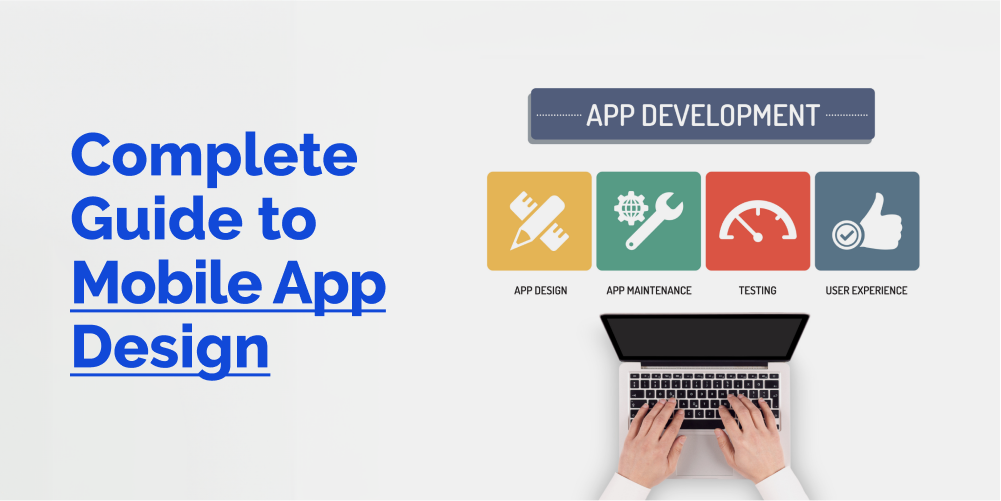
Introduction
In today’s digital landscape, mobile applications have become an integral part of our daily lives, revolutionizing the way we communicate, work, and interact with the world around us. As we move further into 2024, the demand for innovative and user-friendly mobile apps continues to soar, making mobile app design a crucial aspect of any successful app development process.
Mobile app design encompasses a wide range of elements, from user experience (UX) and user interface (UI) design to branding, accessibility, and performance optimization. With rapid advancements in technology and evolving user preferences, staying up-to-date with the latest mobile app design trends and best practices is essential for creating engaging and effective apps that resonate with your target audience.
In this comprehensive guide, we’ll explore the key aspects of mobile app design in 2024, providing insights and strategies to help you craft exceptional mobile experiences that captivate users and drive business success.
1. User Experience (UX) Design

Putting Users First The foundation of any successful mobile app lies in its ability to provide a seamless and intuitive user experience. In 2024, UX design will continue to be a top priority, with a strong emphasis on understanding user behavior, preferences, and pain points.
- User Research and Persona Development: Conducting thorough user research and developing detailed user personas will be crucial for designing apps that cater to specific user needs and preferences.
- Intuitive Navigation and Information Architecture: Ensuring a logical and intuitive navigation structure, along with a well-organized information architecture, will enhance the overall usability of your app.
- Accessibility and Inclusivity: Designing with accessibility in mind will become increasingly important, ensuring that your app is inclusive and usable by individuals with various abilities and needs.
2. User Interface (UI) Design
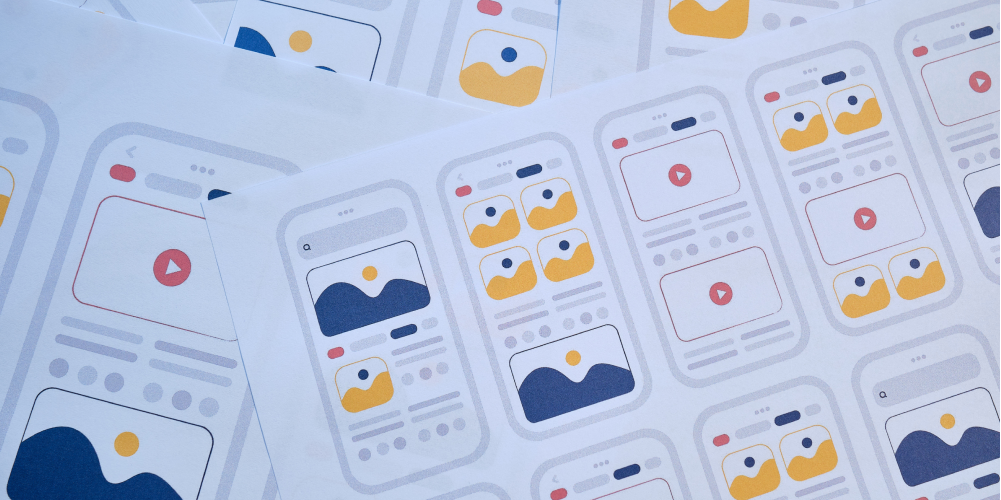
Creating Visually Stunning and Engaging Experiences While UX design focuses on functionality and usability, UI design concentrates on the visual aesthetics and interactive elements that contribute to an engaging and delightful user experience.
- Design Systems and Consistency: Implementing a well-defined design system will promote consistency across all app screens and components, creating a cohesive and recognizable brand experience.
- Minimalism and Visual Hierarchy: Embracing minimalistic design principles, with a clear visual hierarchy, will help reduce clutter and guide users’ attention to the most important elements.
- Animation and Microinteractions: Incorporating tasteful animations and micro-interactions will not only enhance the overall visual appeal but also provide valuable feedback and guidance to users.
3. Responsive and Adaptive Design

Catering to Multiple Devices and Contexts With the proliferation of various mobile devices, screen sizes, and resolutions, designing responsive and adaptive apps will be crucial in 2024.
- Responsive Design Techniques: Utilizing responsive design techniques, such as flexible grids and media queries, will ensure that your app adapts seamlessly to different screen sizes and orientations.
- Adaptive Design Considerations: Going beyond responsive design, adaptive design takes into account the user’s context, such as location, device capabilities, and usage patterns, tailoring the app experience accordingly.
- Progressive Web Apps (PWAs): PWAs will continue to gain popularity, offering a seamless experience that combines the best of web app and native app capabilities, ensuring optimal performance across devices.
4. Gesture-Based Interactions and Voice User Interfaces (VUIs)

As mobile devices become more advanced and user expectations evolve, innovative interaction methods will play a crucial role in mobile app design in 2024.
- Gesture-Based Interactions: Incorporating intuitive gesture-based interactions, such as swiping, pinching, and tapping, will enhance the overall user experience and make interactions more natural and effortless.
- Voice User Interfaces (VUIs): With the rise of virtual assistants and voice-enabled devices, designing effective VUIs will become increasingly important, enabling hands-free interactions and enhancing accessibility.
- Multimodal Interfaces: Combining multiple interaction modalities, such as voice, gestures, and touch, will create more inclusive and versatile mobile experiences.
5. Augmented Reality (AR) and Virtual Reality (VR) Integration

The integration of augmented reality (AR) and virtual reality (VR) technologies into mobile apps is set to gain significant momentum in 2024, opening up new possibilities for immersive and engaging experiences.
- AR-Powered Experiences: AR capabilities will enable apps to overlay digital information and interactive elements onto the real world, creating innovative ways for users to interact with their surroundings.
- VR-Enabled Apps: VR apps will transport users to fully immersive virtual environments, providing rich and engaging experiences for gaming, education, training, and various other applications.
- Spatial Computing and Environmental Awareness: Leveraging spatial computing and environmental awareness will allow apps to understand and adapt to the user’s physical surroundings, further enhancing the integration of digital and real-world experiences.
6. Personalization and Contextual Awareness
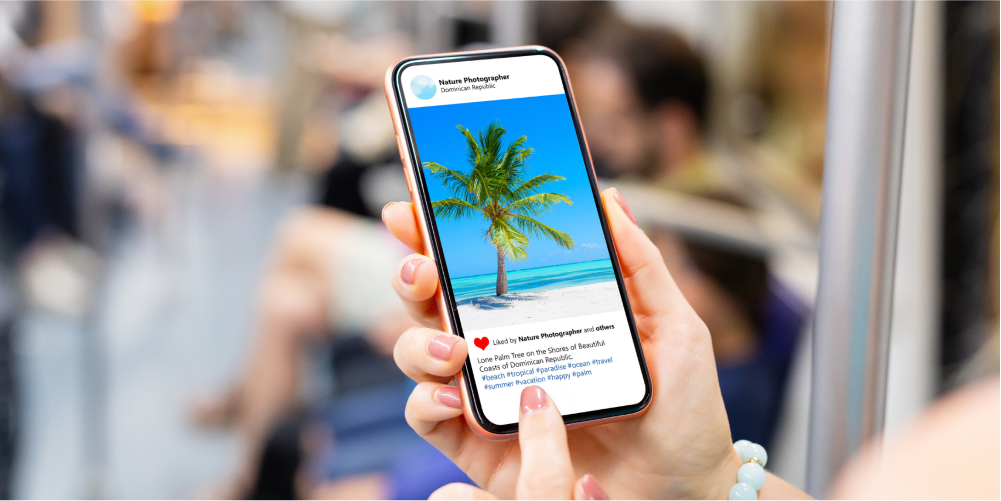
Personalization and contextual awareness will play a crucial role in delivering tailored and relevant mobile app experiences in 2024.
- Personalized Content and Recommendations: Utilizing machine learning and data analytics, apps will be able to provide personalized content, recommendations, and experiences based on user preferences, behavior, and context.
- Location-Based Services: Integrating location-based services will enable apps to offer contextualized information and features based on the user’s current location, enhancing relevance and utility.
- Adaptive User Interfaces: Adaptive user interfaces will dynamically adjust and reconfigure based on user preferences, device characteristics, and contextual factors, ensuring an optimized experience across various scenarios.
7. Artificial Intelligence (AI) and Machine Learning (ML) Integration
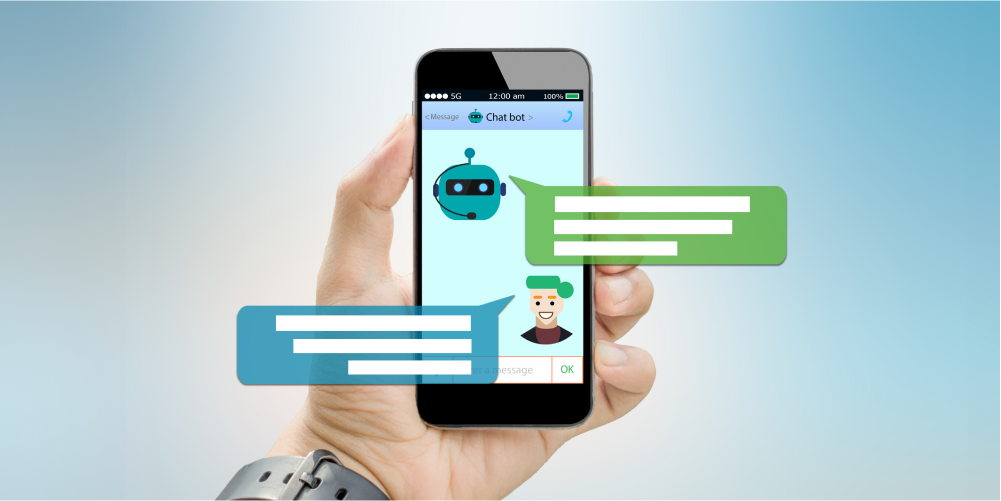
The integration of artificial intelligence (AI) and machine learning (ML) technologies will continue to shape the future of mobile app design, enabling more intelligent, adaptive, and personalized experiences.
- Intelligent Assistants and Chatbots: AI-powered intelligent assistants and chatbots will become more prevalent, providing natural language interactions and personalized assistance within mobile apps.
- Predictive Analytics and Recommendations: Machine Learning algorithms will be leveraged to analyze user data and provide predictive analytics and personalized recommendations, enhancing user engagement and conversion rates.
- Automated Design and Optimization: AI and ML techniques will be employed to automate various design tasks, such as layout optimization, color scheme generation, and accessibility testing, streamlining the design process and improving overall quality.
8. Performance Optimization and Mobile-First Strategies
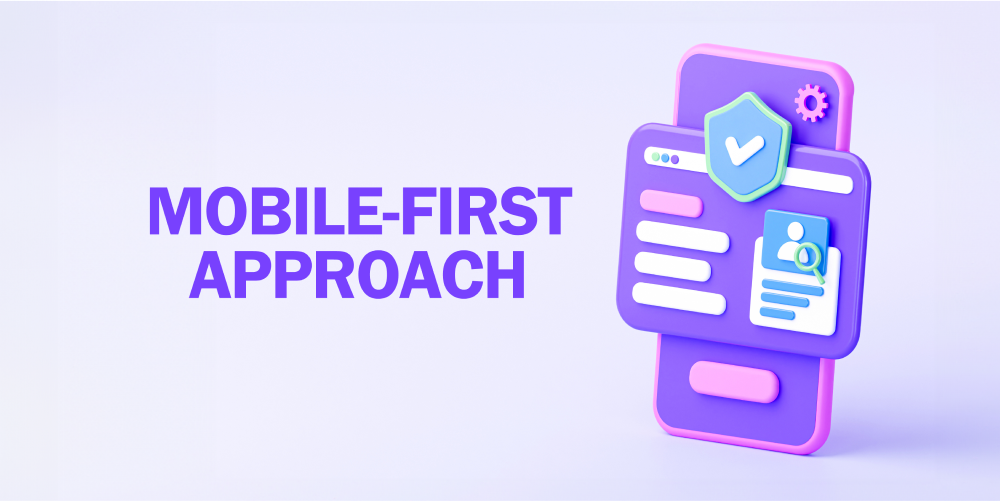
With the ever-increasing demands on mobile devices and the growing importance of fast and responsive apps, performance optimization and mobile-first strategies will be crucial in 2024.
- Mobile-First Design Approach: Adopting a mobile-first design approach will ensure that apps are optimized for mobile devices from the ground up, providing a seamless and efficient experience.
- Load Time Optimization: Techniques such as code minification, asset compression, and lazy loading will be essential for minimizing load times and improving overall app performance.
- Battery and Network Optimization: Optimizing apps for battery efficiency and network conditions will enhance the user experience, especially in areas with limited connectivity or resource constraints.
9. Accessibility and Inclusive Design
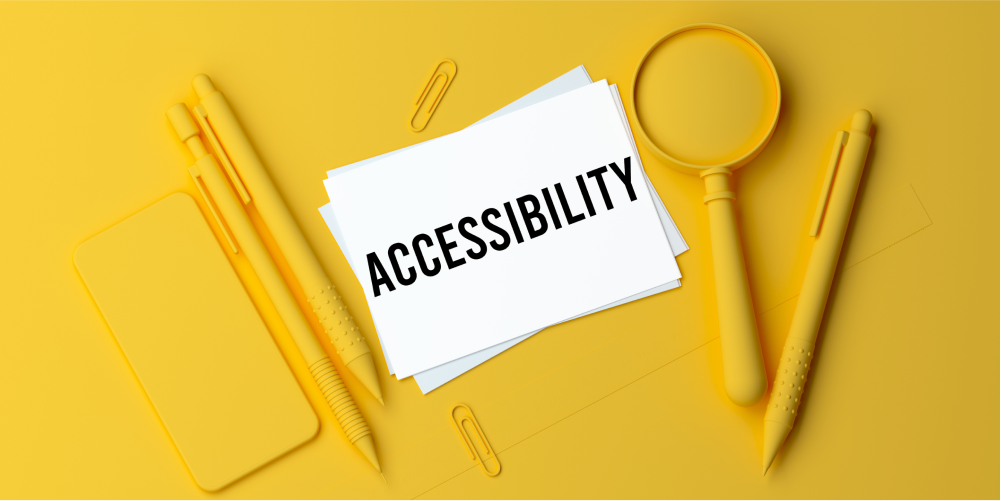
Ensuring that mobile apps are accessible and inclusive for users with diverse abilities and needs will become a top priority in 2024, driven by legal requirements, ethical considerations, and the desire to reach a wider audience.
- Accessibility Guidelines and Standards: Following accessibility guidelines and standards, such as the Web Content Accessibility Guidelines (WCAG) and platform-specific accessibility guidelines, will be crucial for creating inclusive mobile app experiences.
- Assistive Technology Integration: Integrating with assistive technologies, such as screen readers, voice control, and alternative input methods, will enable users with disabilities to interact with mobile apps effectively.
- Inclusive Design Practices: Adopting inclusive design practices, such as considering diverse user needs, providing adjustable settings, and offering alternative access methods, will create more equitable and user-friendly app experiences.
10. Sustainable and Ethical Design Practices

As environmental and social concerns continue to gain prominence, mobile app design in 2024 will increasingly emphasize sustainable and ethical practices.
- Sustainable Design Principles: Incorporating sustainable design principles, such as minimizing resource consumption, reducing waste, and promoting digital well-being, will become essential for creating environmentally responsible mobile apps.
- Ethical Data Practices: Implementing ethical data practices, including transparent data collection and usage policies, user consent mechanisms, and data privacy protection, will build trust and foster a responsible approach to user data management.
- Accessibility and Inclusivity: As mentioned earlier, designing for accessibility and inclusivity will not only create more equitable experiences but also contribute to ethical and socially responsible app development.
In conclusion, mobile app design in 2024 will be shaped by a combination of technological advancements, evolving user expectations, and a growing emphasis on sustainability and ethical practices. By embracing these trends and best practices, developers and designers can create mobile apps that not only captivate users but also contribute to a more inclusive, sustainable, and responsible digital ecosystem.
Embracing Innovation in Mobile App Design

At Trantor, we understand the ever-evolving landscape of mobile app design and the importance of staying ahead of the curve. Our team of skilled designers and developers is dedicated to delivering exceptional mobile experiences that seamlessly blend cutting-edge technologies with user-centric design principles.
With a deep understanding of the latest trends and best practices in mobile app design, we ensure that your app not only looks visually stunning but also provides an intuitive and human-centered user experience. From conducting thorough user research and developing detailed user personas to implementing responsive and adaptive design techniques, we leave no stone unturned in crafting mobile apps that resonate with your target audience.
At Trantor, we embrace innovation and continuously explore emerging technologies such as augmented reality (AR), virtual reality (VR), and artificial intelligence (AI) to enhance the mobile app experience. Our expertise in integrating these cutting-edge technologies allows us to create immersive and intelligent mobile apps that push the boundaries of what’s possible.
Moreover, we prioritize accessibility, inclusivity, and ethical design practices, ensuring that our mobile apps are accessible to users with diverse abilities and needs while adhering to the highest standards of data privacy and responsible user data management.
By partnering with Trantor, you gain access to a team of passionate professionals who are dedicated to delivering mobile apps that not only meet but exceed your expectations. We combine our technical expertise with a deep understanding of user behavior and industry best practices to create mobile experiences that captivate users, drive engagement, and propel your business forward.
Embrace the future of mobile app development with Trantor and let us help you create exceptional mobile experiences that leave a lasting impact.




